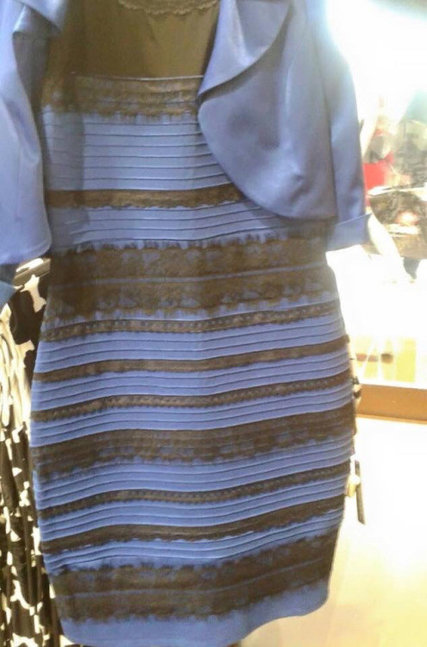(p. 720) For four years, the disgraced Burr traveled in Europe, resorting occasionally to the pseudonym H. E. Edwards to keep creditors at bay. Sometimes he lived in opulence with fancy friends and at other times languished in drab single rooms. This aging roué sampled opium and seduced willing noblewomen and chambermaids with a fine impartiality. All the while, he cultivated self-pity. “I find that among the great number of Americans here and there all are hostile to A.B.– All– What a lot of rascals they must be to make war on one whom they do not know, on one who never did harm or wished harm to a human being,” he recorded in his diary. He befriended the English utilitarian philosopher Jeremy Bentham and spoke to him with remarkable candor. “He really meant to make himself emperor of Mexico,” Bentham recalled. “He told me I should be the legislator and he would send a ship of war for me. He gave me an account of his duel with Hamilton. He was sure of being able to kill him, so I thought it little better than murder.” Always capable of irreverent surprises, Burr gave Bentham a copy of The Federalist. The shade of Alexander Hamilton rose up to haunt Burr at unexpected moments. In Paris, he called upon Talleyrand, who instructed his secretary to deliver this message to the uninvited caller: “I shall be glad to see Colonel Burr, but please tell him that a portrait of Alexander Hamilton always hangs in my study where all may see it.” Burr got the message and left.
Source:
Chernow, Ron. Alexander Hamilton. New York: The Penguin Press, 2004.
(Note: italics in original.)

